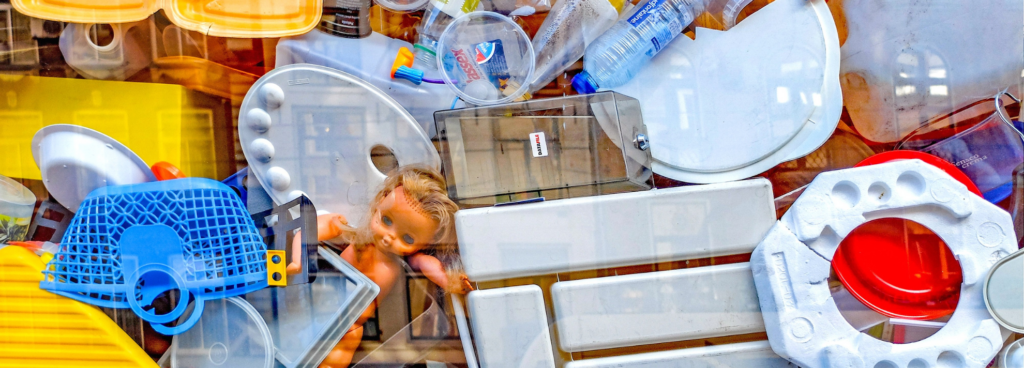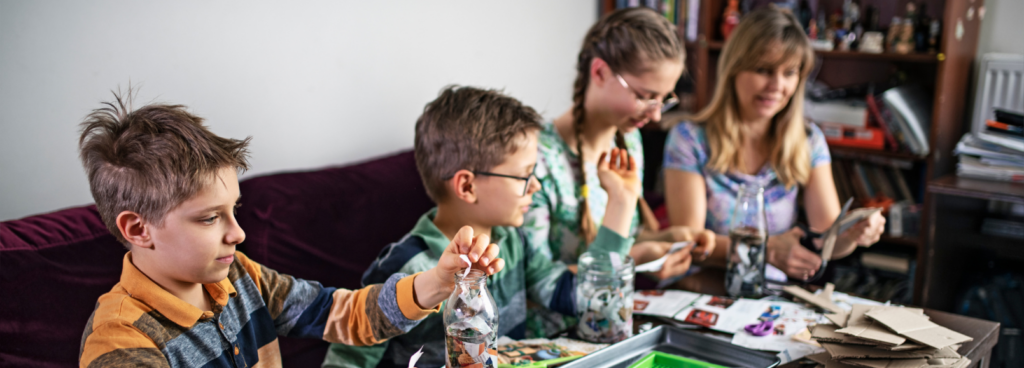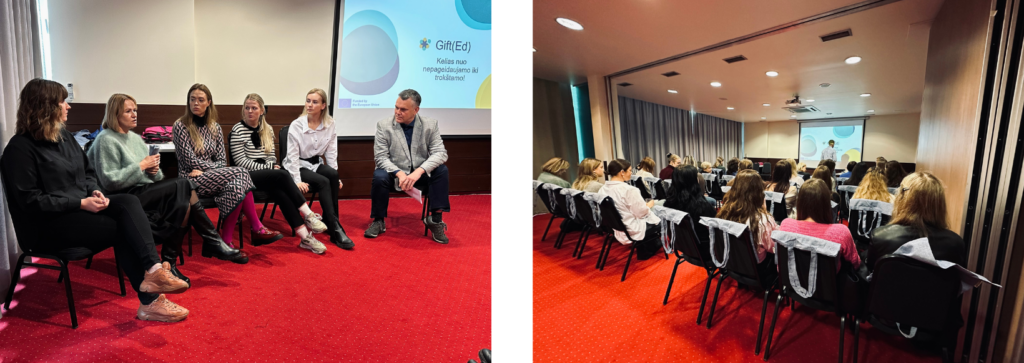The Value of Waste: Redefining Our Perception through Upcycling

In our modern world, the prevalence of fast fashion and disposable furniture has created a culture of excessive consumption. Marketing tactics and sales strategies continuously persuade us to buy more, leading to the discarding of perfectly functional items. Sadly, the art of repairing has become a lost skill, and the cost of repairing old items has surpassed that of purchasing new ones. This trend has resulted in a lack of sentiment for cherished possessions, as younger generations prioritize the allure of newness. However, there is hope on the horizon as young people increasingly engage in eco-awareness initiatives and embrace sustainable practices. In this blog post, we will reflect on the philosophical notion of waste and its relationship to upcycling, questioning our societal perception of waste and exploring the transformative potential of upcycling in redefining the value of discarded materials. We also are discussing on how to increase the popularity of repairing and upcycling things.
Today we meet the challenging Culture of Excessive Consumption. Fast fashion and cheap furniture contribute to the throwaway mentality that dominates our society. Marketing and sales tactics compel us to continually buy new items, leaving little room for repairing and preserving the things we already own. As a result, our landfills are overflowing with discarded goods that still possess potential value. And it’s not only so called “first-world” problem. Poor countries are also covered in cheap stuff.
Older people (especially those that saw WWII) are proud that they are able to buy new things for their children and grandchildren. However consumerism damaged the attitude on old or mildly broken things. However these days we can notice a positive generational shift. The younger generation is displaying a growing consciousness towards sustainability and the impact of their actions on future generations. They are actively participating in eco-awareness initiatives and recognizing the importance of preserving resources for the 7th generation and beyond. This shift brings hope for a future where the production of short-lasting items can be replaced by craftsmanship, repair, and upcycling.
Quieter times allows people to get back to hobbies and think more about their surroundings, waste, ecological problems. Upcycling serves as a powerful solution in redefining the value of discarded materials. It challenges the notion of waste by transforming items that would typically end up in landfills into unique, functional, and aesthetically pleasing creations. Upcycling encourages creativity, resourcefulness, and a fresh perspective on what we consider valuable.
The Lost Art of Repair
The dwindling interest in repairing skills has created a significant imbalance between the cost of repairing old items and purchasing new ones. Repairing, once a common practice passed down through generations, has become a specialized skill, making it more expensive and less accessible. This shift has contributed to the erosion of sentimentality towards cherished possessions.
Increasing the popularity of repairing and upcycling things is crucial for fostering a more sustainable and environmentally conscious society. By encouraging individuals to embrace these practices, we can reduce waste, extend the lifespan of our belongings, and promote a culture of resourcefulness. Here are some effective strategies to boost the popularity of repairing and upcycling:
1. Education and Awareness: raise awareness about the environmental impact of excessive consumption and the benefits of repairing and upcycling. Promote educational initiatives in schools, community centers, and online platforms to teach individuals practical skills such as basic repairs, upcycling techniques, and creative ways to repurpose items.
2. Highlight the Economic Benefits: emphasize the cost-effectiveness of repairing and upcycling. Showcase examples where repairing an item is more affordable than purchasing a new one, highlighting the financial savings that can be achieved. Conduct workshops and tutorials on budget-friendly repair techniques to empower individuals to take matters into their own hands.
3. Collaboration with Repair Experts: collaborate with skilled repair experts, such as tailors, cobblers, carpenters, and electronic technicians, to host repair events or pop-up repair clinics. These events provide an opportunity for individuals to have their items fixed or learn basic repair skills from professionals. Encourage community involvement by organizing repair cafes or swap meets where people can exchange and repair items together.
4. Support Local Artisans and Upcyclers: promote the work of local artisans and upcyclers who specialize in transforming discarded materials into unique, high-quality products. Showcase their creations through exhibitions, social media campaigns, and collaborations with fashion designers or interior decorators. Highlight the stories behind each piece, showcasing the value and creativity that go into upcycled items.
5. Foster a Sense of Community: organize community-driven projects that promote repairing and upcycling. Encourage individuals to share their repair success stories, upcycling projects, or tutorials through social media platforms or dedicated online communities. Facilitate forums and discussion groups where people can exchange ideas, seek advice, and showcase their creative endeavours.
6. Policy and Industry Support: advocate for policies that incentivize and support repairing and upcycling initiatives. Encourage manufacturers to design products that are easier to repair or made from recyclable materials. Collaborate with local businesses and government entities to establish programs that provide resources, funding, or tax incentives for repair businesses or upcycling projects.
7. Celebrate Sustainable Role Models: highlight individuals, influencers, and organizations that champion repairing and upcycling. Share success stories of people who have transformed their lifestyles and businesses to prioritize sustainability. These role models can inspire others to embrace repairing and upcycling as a positive and impactful choice. That’s why here on Gift(ed) blog we tell stories about people that are doing positive impact!
The excessive consumption promoted by fast fashion and disposable furniture has disconnected us from the value of our possessions. However, a promising shift is underway as younger generations embrace sustainable practices and advocate for a change in societal perceptions of waste. Upcycling offers a transformative approach, breathing new life into discarded materials and fostering a culture that values craftsmanship and resourcefulness. By implementing new strategies to promote repairing and upcycling and fostering a culture that values repairing and upcycling, we can inspire more individuals to adopt these practices in their daily lives. Together, we can create a more sustainable future and reduce our environmental footprint, one repaired item or upcycled creation at a time. By embracing upcycling and promoting a mindful approach to consumption, we can create a future where waste is seen as an opportunity rather than a burden.
Let’s work together to redefine the value of waste and shape a world where repair, craftsmanship, and upcycling take center stage!





Responses